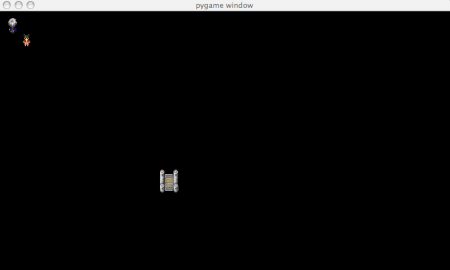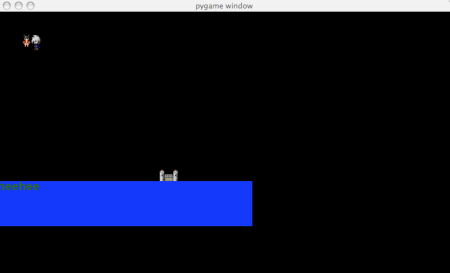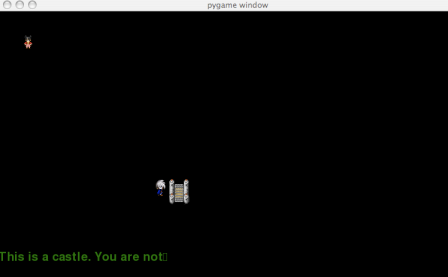Today I bought a Wacom tablet. It’s my first venture into the world of tablets but I’ve been thinking of buying one for a long time – using a mouse to draw things is a pathetic way of doing things. I’ve only bought low-spec model, to get used to things and see if it’s something I want to take on seriously. However, upon installation I’ve encountered a problem.
I use GIMP for my graphics and run OSX 10.4 on my Mac. As GIMP uses X11, it needs to get the tablet information through X11, and the latest version of X11 available for OSX 10.4 does not support the full features of tablets. In fact, it treats them as a regular mouse. It would seem that one requires Leopard to get the full features from X11 and hence GIMP. I cannot therefore use my new tablet with GIMP, and as that is all I have, not at all, really. It looks like I’ll have to purchase something, as long as its cheaper than upgrading to Leopard (which I had not intention of upgrading to, being perfectly happy with Tiger).
I’ll try and see if I can find some way around it, but I don’t know.


